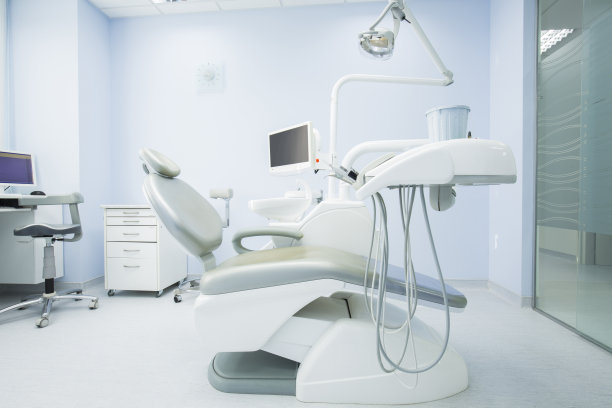Understanding the Process and Types of Tooth Extraction for Better Oral Health and Recovery
Summary: Tooth extraction is a critical aspect of oral health management and can be necessary for various reasons, including decay, infection, and crowding. This article aims to understand the different types of tooth extractions—including simple and surgical procedures—and the processes involved to ensure effective recovery and improved oral health. We will discuss the rationale behind tooth extractions, the steps involved in the procedures, post-operative care, and the broader implications for individual health. By understanding these aspects, patients can prepare themselves for the extraction experience, leading to better outcomes.
1. Understanding the Rationale Behind Tooth Extractions

Tooth extraction is often seen as a last resort in dental care; however, it becomes necessary for several reasons. The most common reason is the presence of severe dental decay that cannot be salvaged. When a tooths structure is extensively damaged, extraction is often the most appropriate course of action to prevent further complications.
Another common reason for tooth extraction is periodontal disease, an infection of the gums that can also affect the bone supporting the teeth. If the disease progresses significantly, the tooth may become loose or infected, necessitating its removal.
Additionally, extractions are sometimes performed to address overcrowding, especially before orthodontic treatments. Dentists may choose to remove certain teeth to make room for proper alignment of the remaining ones, thereby improving overall dental health and function.
2. The Different Types of Tooth Extraction Procedures
Tooth extractions can generally be divided into two main types: simple and surgical. Simple extractions are performed on teeth that are visible in the mouth, typically under local anesthesia. This type of procedure usually involves loosening the tooth with an elevator and removing it with forceps.
Surgical extractions, on the other hand, are more complex and are required for teeth that are not easily accessible, such as impacted wisdom teeth. This procedure often necessitates incisions in the gums and occasionally the removal of bone surrounding the tooth. Surgical extractions are typically conducted under general anesthesia or sedation to ensure patient comfort.
Understanding the type of extraction required can help set expectations. Dentists will guide their patients through the recommended approach based on their specific dental situations, ensuring a smoother process.
3. The Step-by-Step Process of Tooth Extraction
The process begins with a comprehensive dental examination, which typically includes X-rays to assess the tooths position and the surrounding structure. Once the dentist has formulated a treatment plan, the next step is the administration of anesthesia to ensure that the patient feels no pain during the procedure.
Following anesthesia, the dentist performs the extraction, whether simple or surgical, adhering to specific techniques to minimize trauma to the surrounding tissues. Post-extraction, the dentist may place sutures if necessary and provide gauze for controlling any bleeding.
After completing the extraction, the dentist will inform the patient about what to expect during recovery, including potential symptoms such as swelling or discomfort, and how long it may take for the site to heal properly. The precise adherence to this procedure is crucial for an expedited recovery.
4. Essential Post-Operative Care and Recovery Tips
Post-operative care is critical to ensure effective healing after a tooth extraction. Patients are generally advised to rest for the first 24 hours, avoiding rigorous physical activity to prevent complications such as increased bleeding or swelling.
It is also crucial to follow specific guidelines on pain management and dietary restrictions. Over-the-counter pain medications may be recommended, and patients should generally stick to soft foods and avoid hot beverages for the first few days.
Regular follow-ups with the dentist will provide opportunities to monitor healing and address any complications. Maintaining proper oral hygiene during recovery is essential; however, patients must be cautious when cleaning the area around the extraction site to avoid dislodging any clots that have formed.
Summary:
The article emphasizes that tooth extraction, while sometimes daunting, plays a vital role in maintaining oral health. Understanding the reasons for extraction, the types of procedures, the extraction process, and the importance of post-operative care can lead to better health outcomes and recovery experiences for patients.
This article is compiled by Vickong Dental and the content is for reference only.



